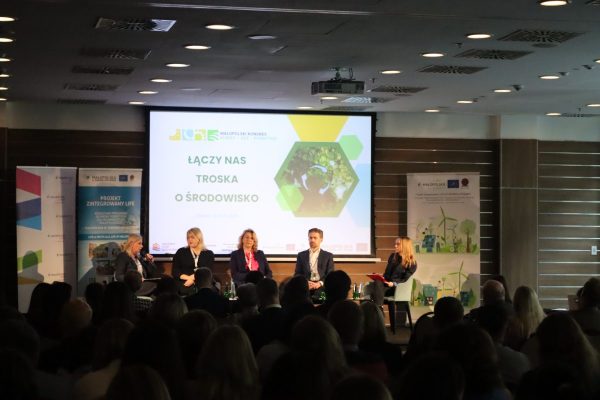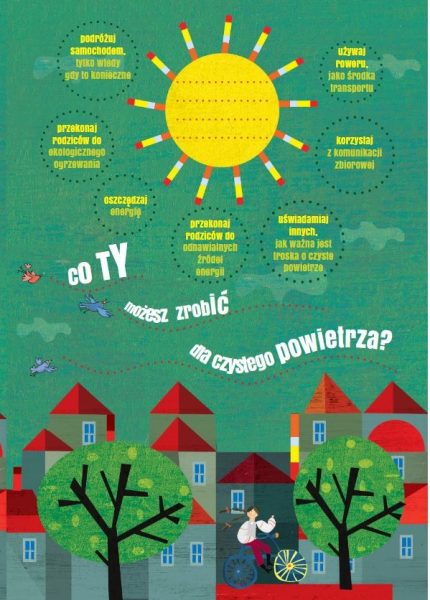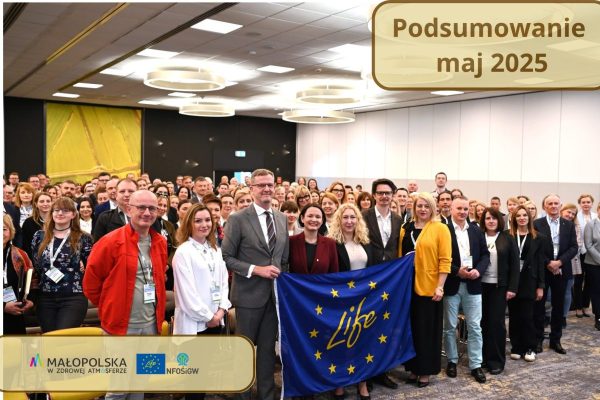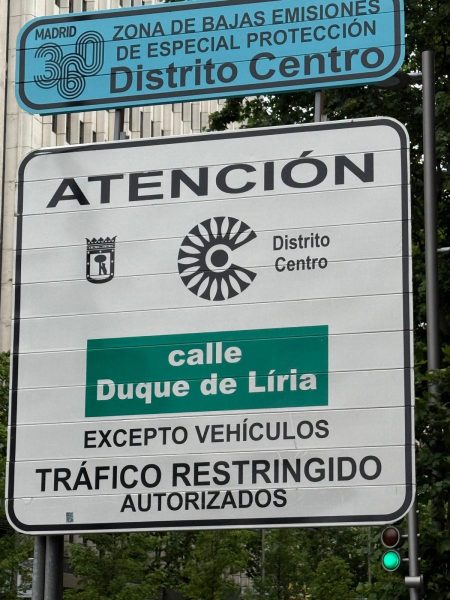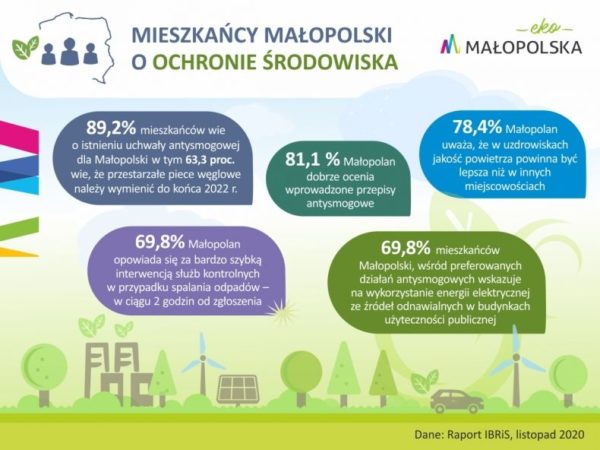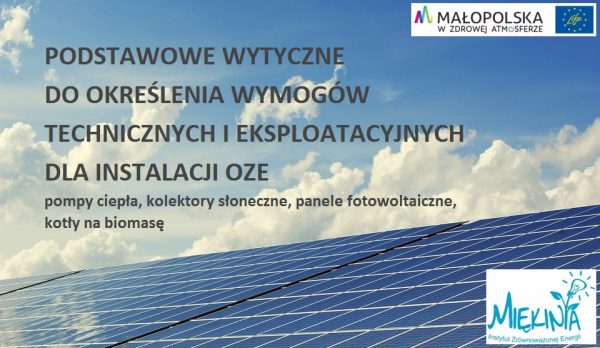Małopolska region fights for clean air – no more out-of-class furnaces, more green energy
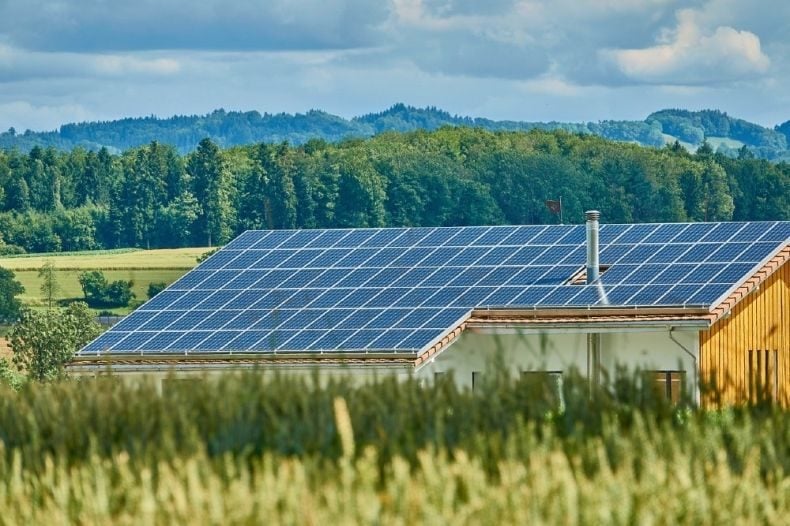
From 1 May 2024, it is no longer possible to use out-of-class boilers throughout Małopolska. This is the result of a key stage of the anti-smog resolution coming into force, aimed at improving air quality in the region. The changes are visible not only in the regulations, but above all in the effects: thousands of cookers replaced, increasing investment in renewable energy sources and thermo-modernisation, as well as increasingly lower emissions of harmful dust.
Effective replacement of heat sources
In 2024, outdated, inefficient solid fuel heat sources in as many as 16,273 buildings and premises were removed. This is a continuation of the intensive measures started many years ago. New gas installations were the most popular – more than half of all replacements involved this technology.

More heat, less waste
In parallel with the replacement of heat sources, the residents and local authorities of Malopolska region have intensified their efforts to improve energy efficiency. In 2024, there were:
- 6,359 thermal modernisations of residential buildings,
- 13,647 investments in renewable energy sources (RES).
This is a significant increase compared to 2023, demonstrating growing environmental awareness and the effectiveness of information campaigns.
Controls and consequences
In 2024, municipalities carried out intensive inspection activities in terms of enforcing the provisions of the anti-smog resolution and the waste incineration ban. A total of 24,667 inspections were carried out, as a result of which 1,677 cases of non-compliance with the provisions of the resolution and 852 cases of waste incineration were found. In connection with the detected violations, fines were imposed in the total amount of PLN 106,970, and 50 cases were referred to the competent authorities for judicial consideration.

Air getting better
Data from the Chief Inspectorate of Environmental Protection shows that in 2024 there were no exceedences of B(a)P and air quality in Małopolska region remained at a similar level to the previous year. Significantly, there were no exceedences of the average annual standards for PM2.5 at any of the measuring stations.
However, the changes are most noticeable during the heating season – compared to the winter of 2014/2015, average PM10 dust concentrations fell by as much as 45%. In Krakow, the improvement reached 53%, and in other parts of the region – 41%.

Education has power
In 2024, almost 500 educational actions were organised across the province. A growing group of 270 eco-managers, funded, among others, by European Funds, was responsible for their implementation. Activities were conducted both online and directly among residents. Thanks to the eco-managers, residents were able to better understand the regulations, take advantage of subsidies and change their approach to heating.
Green mobility in practice
Not only cookers, but also transport is undergoing change. In 2024, Małopolska was enriched by 58 new ecological buses and 40 kilometres of bicycle routes. Nearly 200 campaigns promoting walking, cycling and public transport were carried out. At the same time, district offices carried out checks at diagnostic stations, detecting irregularities in 202 cases.
Skuteczny? Mniej pyłu, mniej alarmów
It is estimated that, thanks to the measures carried out, PM10 emissions in 2024 will have fallen by 687 tonnes, PM2.5 by 673 tonnes and benzo(a)pyrene by 209 kg. The number of days with the highest level of smog risk was relatively low and the highest level of air pollution risk was shown by the stations only twice.

Małopolska is clearly changing direction – from a region associated with winter smog, it is becoming a model in the fight for clean air. Although there is still a lot to be done, 2024 shows that change is possible when residents and local governments act together and consistently.
Detailed information summarising the implementation of the 2024 Air Protection Programme in the Małopolska Voivodeship is available here: https://powietrze.malopolska.pl/program-ochrony-powietrza/efekty-realizacji/.


